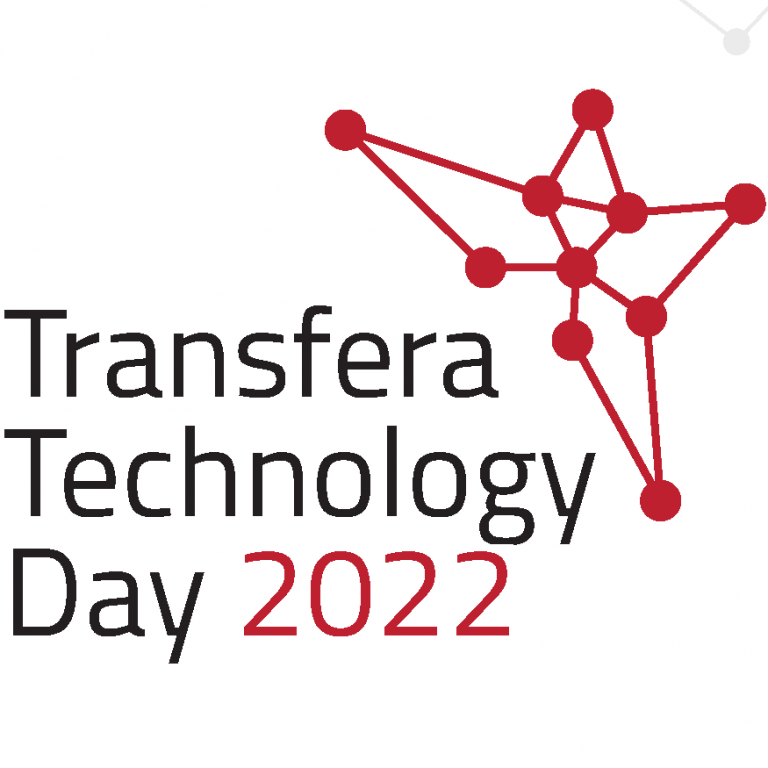The competition is big this year and the judges will have plenty to choose from. 14 institutions have submitted 34 projects to the competition. By comparison, last year’s competition offered 10 projects to business representatives. A new compact method for converting methane to methanol, from the J. Heyrovsky Institute of Physical Chemistry of the CAS, made it to the finals at the first Transfer Technology Day and was judged third best. S its transfer is being assisted by the Academy’s Technology Transfer Centre.
This year’s project investment evaluators include representatives from i&i Prague, Busyman, Lighthouse Ventures or the Neuron Foundation, their task will be to select the finalists. They will be able to receive mentoring, as last year, to help them present their project effectively to investors.
5 results submitted by institutes of the Academy of Sciences
Portable capillary liquid chromatograph – Institute of Analytical Chemistry of the CAS, v. v. i.
The miniature, portable HPLC system enables HPLC analyses to be performed in conditions outside the laboratory. The design of the device is simple, the operation intuitive. HPLC stands for high-performance liquid chromatography, a chromatographic technique used to separate sample components to determine their presence and concentration.
Microemulsions and gels for cleaning surfaces of historical materials – J. Heyrovsky Institute of Physical Chemistry of the CAS, v. v. i.
Maximum gentle and effective micro-emulsion cleaning systems for removing high molecular weight substances from the surface of historical materials. The newly developed method can be used not only to remove layers, coatings or residues and increase the efficiency of the process, but also as a new way to protect the surface of building materials. The principle of the method and specific applications are protected by patents.
Seismic beacon – Institute of Rock Structure and Mechanics of the CAS, v.v.i.
The seismic beacon will allow measurements of changes in rocks with high sensitivity and stability over many years, which is not possible with current measurement equipment. It is mainly based on the non-linear effects of seismic waves, allowing the detection of previously unmeasurable quantities, such as reaching a critical stress before an earthquake. The beacon consists of a transmitter, a receiver and processing software.
Device for coating wires with biodegradable polymers – Institute of Rock Structure and Mechanics of the CAS, v.v.i.
The coating equipment enables industrial production and guarantees the stability of technical parameters such as controlled polymer deposition rate, controlled delay of wire biodegradation and the required homogeneous layer thickness. It can be used for example in implant and veterinary surgery, tissue engineering and other industries.
Pulsating high speed water jet – Institute of Geonics of the CAS, v.v.i.
The pulsating water jet allows for a several-fold reduction of the working water pressure while maintaining disintegration capabilities comparable to those of commonly used continuous water jets. The essence of a pulsed waterjet is the cyclic loading of the material to be breached by the impact of water clusters, which are created by the transformation of high frequency pressure pulsations in a high pressure system after the passage of a water jet through the nozzle. In addition to increasing the efficiency of the disintegration process, a reduction in acquisition and operating costs can be expected.
We provide only a brief annotation for all five technologies submitted. For more information, including technical parameters, type of offer or link to the originator, please visit the Technology and Instruments Database of the CAS Transfer Portal. The evaluation of the submitted projects will take place on October 21. This year’s Transfer Technology Day 2021 is sponsored by CzechInvest.




